Full Automatic Constant Pressure Variable Frequency Water Supply Equipment is a new generation of hi...
See DetailsTwo-Stage High Pressure Vortex Pumps: Advancing Efficiency and Reliability in Demanding Applications
Industry News-As industrial processes grow more complex and demanding, the need for robust and efficient pumping solutions has never been greater. Among the technologies answering this call is the Two-Stage High Pressure Vortex Pump, a specialized pump designed to handle abrasive, solids-laden fluids at high pressures with efficiency and durability. This pump type has rapidly gained recognition across multiple sectors for its ability to combine the unique benefits of vortex pumping with enhanced pressure capabilities, opening new possibilities in fluid management.
What Makes the Two-Stage High Pressure Vortex Pump Unique?
The two-stage high pressure vortex pump builds on the principles of a traditional vortex pump, which creates a swirling vortex inside the pump casing to move fluids containing solids and debris gently without clogging. Unlike single-stage vortex pumps, the two-stage design incorporates an additional impeller stage, boosting the discharge pressure significantly while maintaining the non-clogging advantages of the vortex principle.
Key features include:
Two-Stage Impeller System: The dual impeller setup increases pressure output, enabling operation at higher heads without sacrificing solids handling capabilities.
Vortex Hydraulic Design: The swirling flow direct contact between solids and the impeller, reducing wear and tear.
High Pressure Operation: Suitable for applications requiring substantial discharge pressure while pumping abrasive or contaminated liquids.
Robust Construction: Typically built with high-strength alloys or corrosion-resistant materials to withstand harsh environments.
Advantages Over Conventional Pumps
Two-stage high pressure vortex pumps offer several compelling benefits, particularly in situations where both pressure and solids handling are critical:
Enhanced Pressure Performance: The two-stage design doubles the pumping head compared to single-stage models, allowing for longer-distance fluid transport or higher elevation pumping.
Solids Handling: The vortex action ensures smooth passage of solids, fibers, and abrasive particles, clogging and downtime.
Reduced Maintenance Costs: Less wear on impellers and casing translates to longer intervals between repairs and replacements.
Adaptability to Harsh Fluids: Capable of handling corrosive, abrasive, and viscous liquids common in industrial processes.

Energy Efficiency: Optimized hydraulics reduce energy consumption relative to conventional pumps operating under similar conditions.
Key Industry Applications Driving Demand
The two-stage high pressure vortex pump is ideally suited for numerous challenging environments where traditional pumps struggle:
Mining and Mineral Processing: Handling slurry with high solid content at elevated pressures for ore transportation and dewatering.
Wastewater Treatment: Efficiently pumping thick sludge and grit mixtures over long distances to treatment facilities.
Chemical Processing: Moving corrosive, abrasive fluids requiring high pressure to maintain process flow.
Power Generation: Managing ash slurry and cooling water in power plants under high-pressure conditions.
Oil and Gas Industry: Transporting abrasive drilling muds and fluids in high-pressure pipeline systems.
Construction and Tunneling: Dewatering deep excavations where fluids contain solids and must be pumped at high head.
Technological Innovations Boosting Performance
Recent advances in pump engineering have further enhanced the capabilities of two-stage high pressure vortex pumps:
Advanced Materials: Use of high-chrome alloys, stainless steel, and protective coatings improve wear resistance and corrosion protection.
Hydraulic Optimization: Computer-aided design (CAD) and computational fluid dynamics (CFD) refine vortex flow paths to maximize efficiency and reduce turbulence.
Sealing Technologies: Enhanced mechanical seals and gland packing designs minimize leakage and improve reliability in high-pressure scenarios.
Variable Frequency Drives (VFDs): Integration of VFDs enables precise speed control, optimizing energy use and adapting pump output to changing process requirements.
Smart Monitoring Systems: Sensors for vibration, temperature, and flow offer real-time diagnostics to prevent failures and enable predictive maintenance.


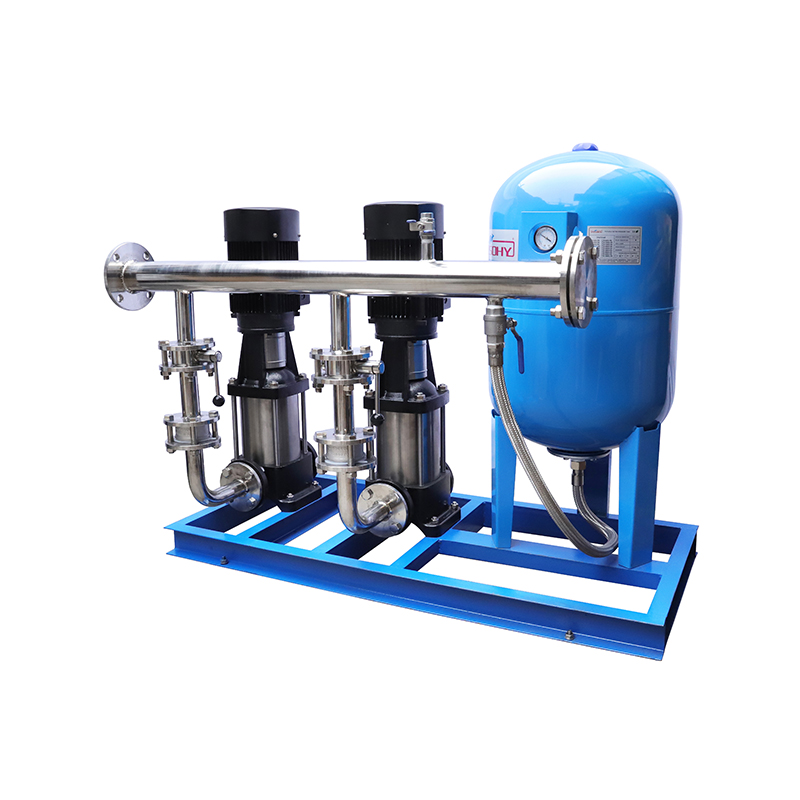
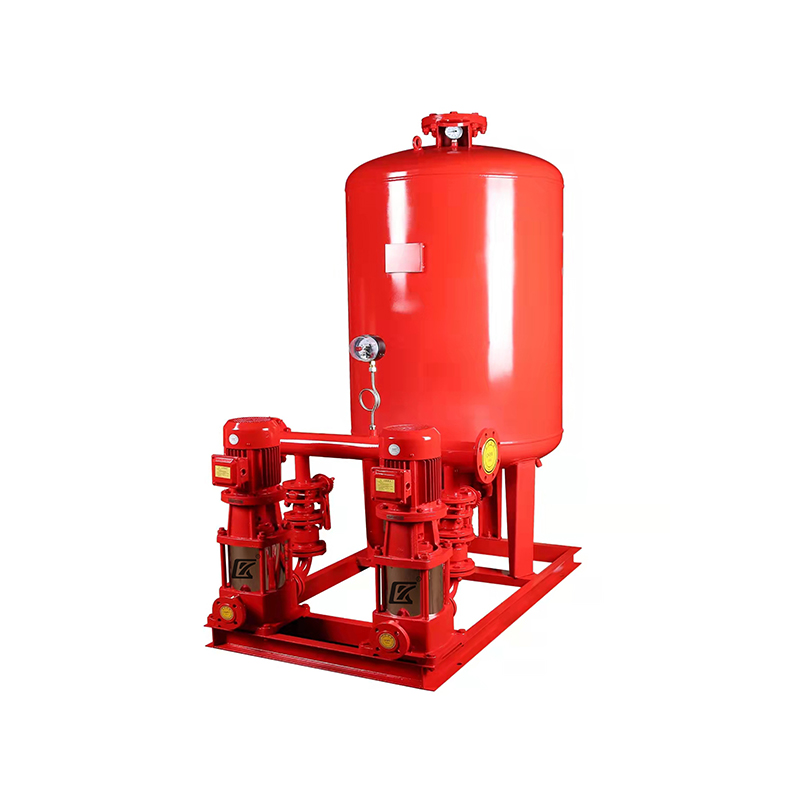
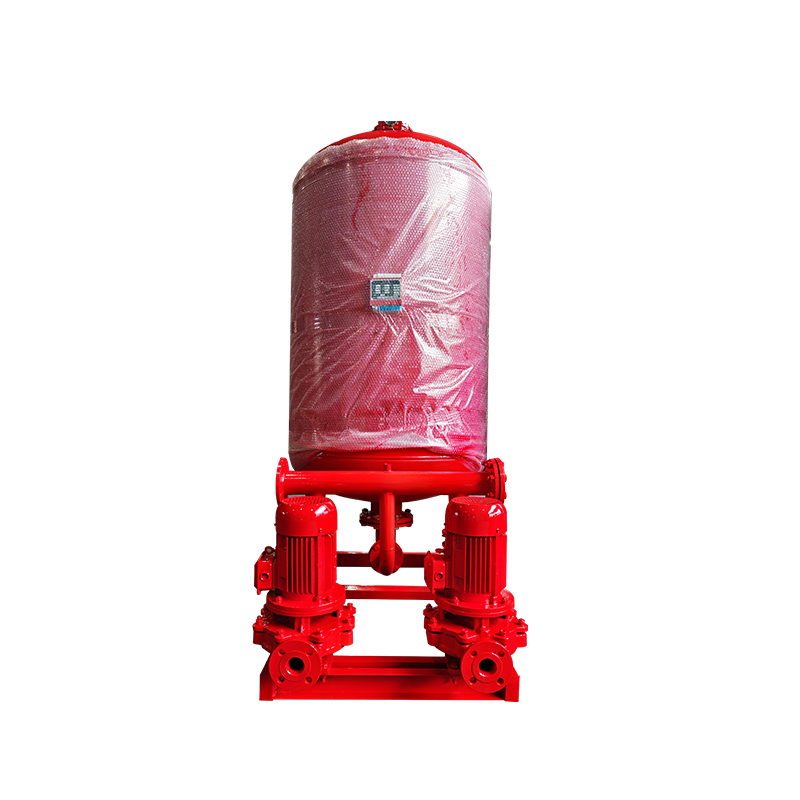

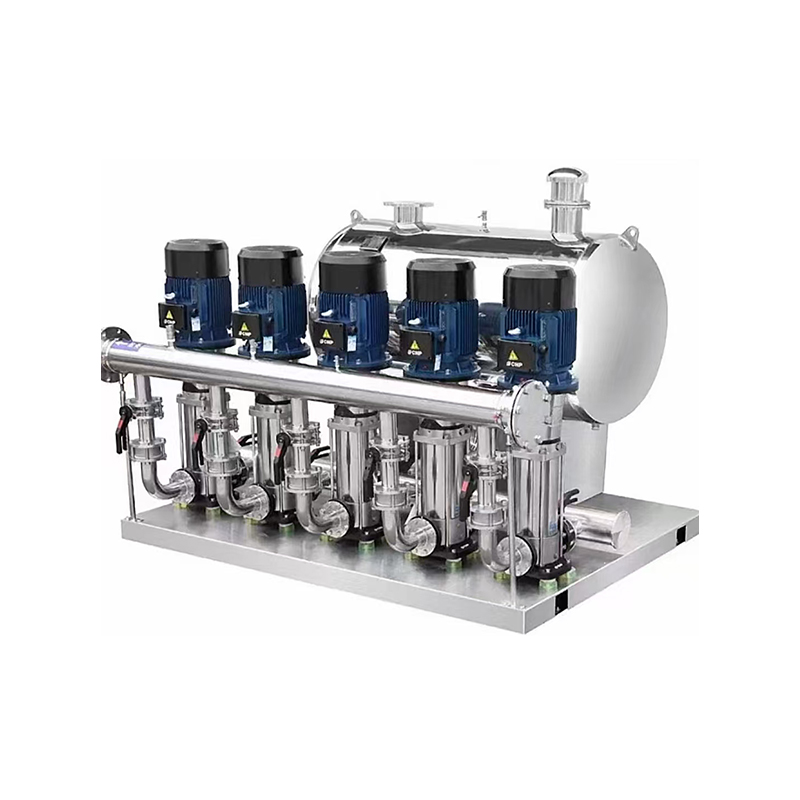
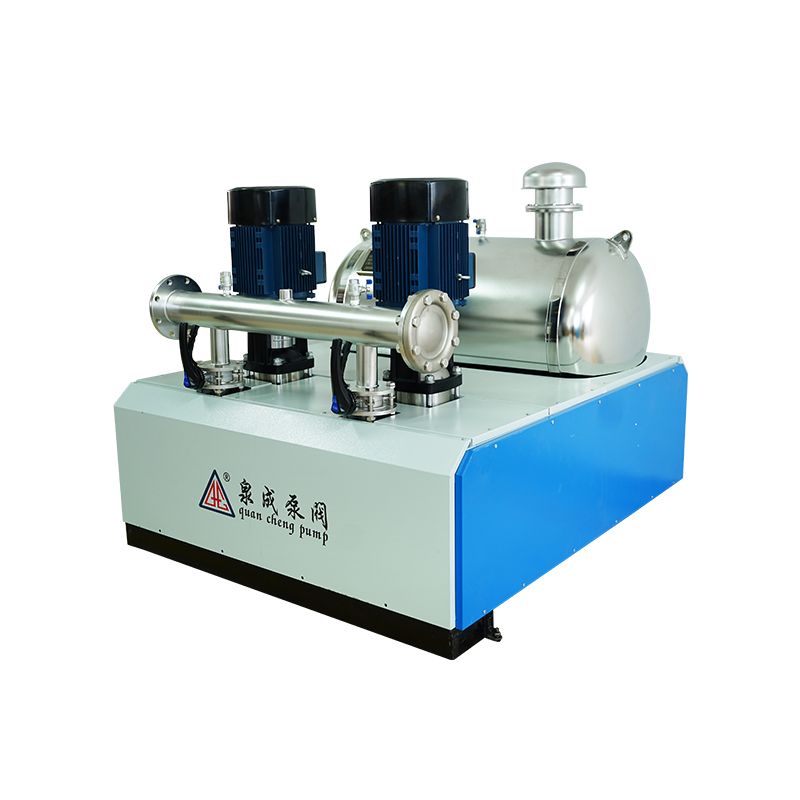
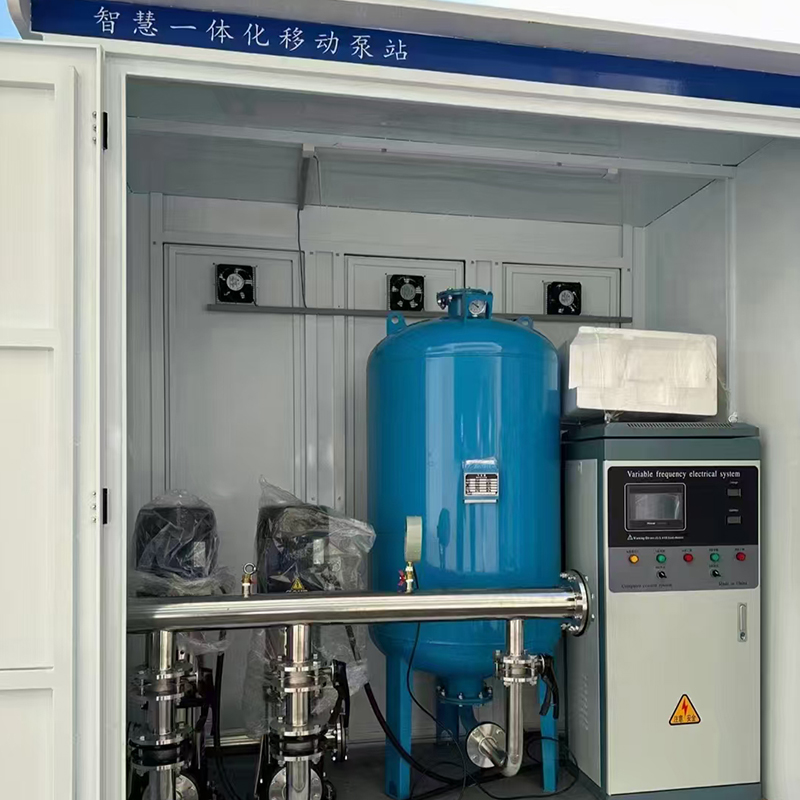

 浙公网安备33032402001888号
浙公网安备33032402001888号
